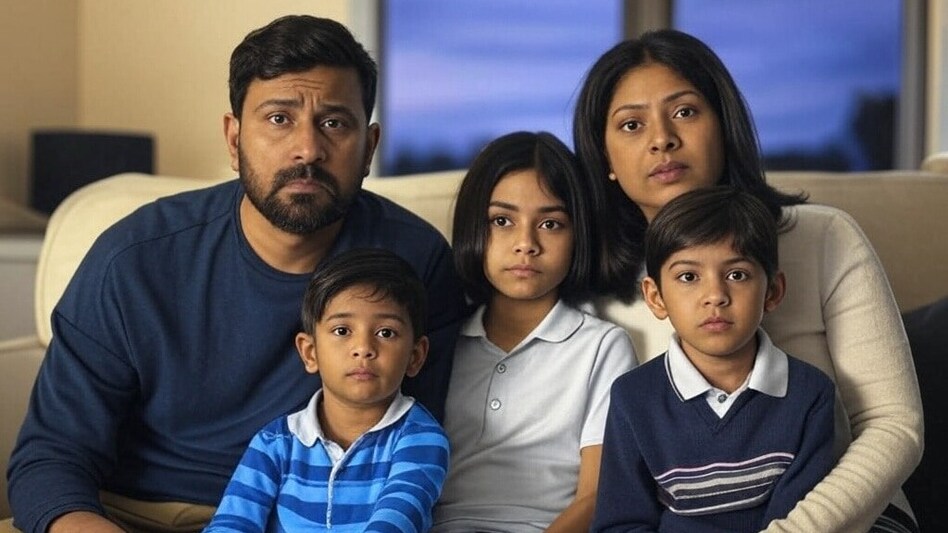 He says India must stop viewing the middle class purely as a consumer market and start recognizing it as the country’s backbone.
He says India must stop viewing the middle class purely as a consumer market and start recognizing it as the country’s backbone. 
 He says India must stop viewing the middle class purely as a consumer market and start recognizing it as the country’s backbone.
He says India must stop viewing the middle class purely as a consumer market and start recognizing it as the country’s backbone. They’re not poor enough for subsidies, not rich enough for assets—and increasingly not seen in policy. India’s middle class, says Delhi-based startup founder Madhav Kasturia, is quietly slipping under.
In a detailed LinkedIn post, Kasturia described the financial strain faced by a friend earning ₹30 lakh a year at a leading IT firm in Bengaluru’s Whitefield. “On paper? Doing well. In reality, he’s quietly losing ground,” he wrote.
The breakdown: ₹47,000 in rent, ₹29,000 in EMIs for a parental home, ₹18,000 on daycare and transport, ₹10,000 for groceries, and ₹8,000 in minimum credit card dues.
“This isn’t rare. It’s becoming the norm,” Kasturia noted.
He pointed to stagnating incomes—salaries between ₹5 lakh and ₹1 crore have grown just 0.4% annually over the past decade—paired with rising expenses. Food prices are up 80% since 2013, and personal debt now equals 43% of India’s GDP.
“It’s not like we’re struggling in the traditional sense,” he wrote. “But there’s a constant hum of pressure and no real safety net.”
Kasturia argues that the middle class is left out of economic design: high tax-paying, high-spending citizens who receive little policy attention. “We are spending more to feel stable, and slipping deeper into debt to maintain the illusion.”
He says India must stop viewing the middle class purely as a consumer market and start recognizing it as the country’s backbone. Without targeted reforms—predictable taxation, better social safety, and long-term affordability—India risks building a future where its most productive people remain financially anxious and structurally unsupported.